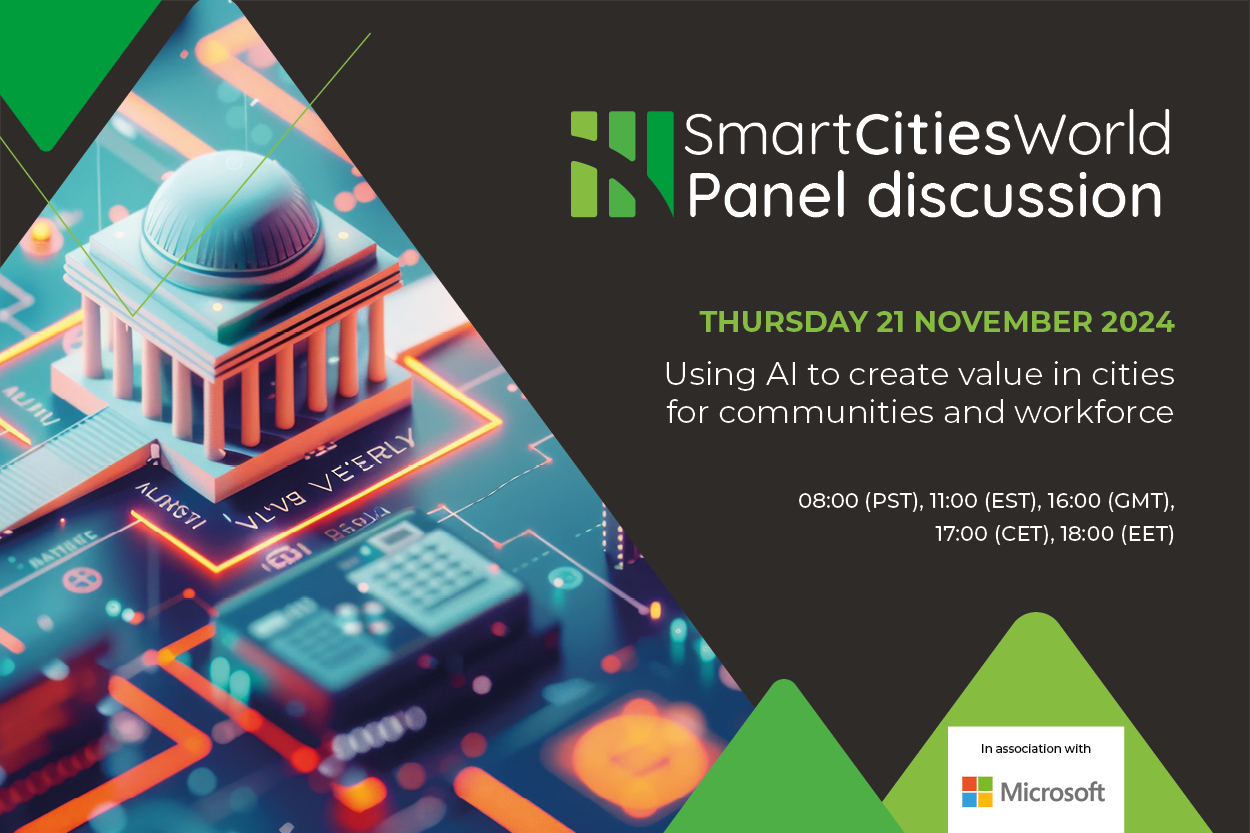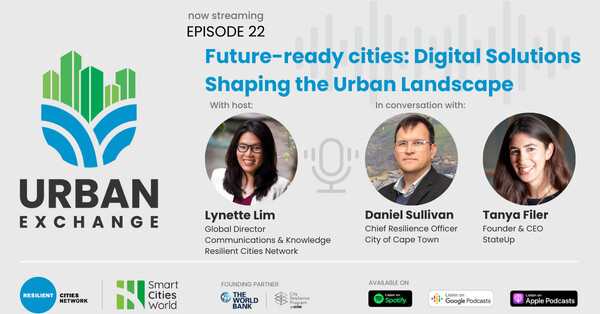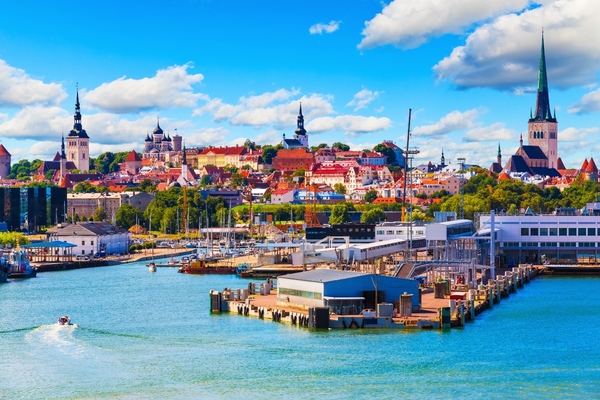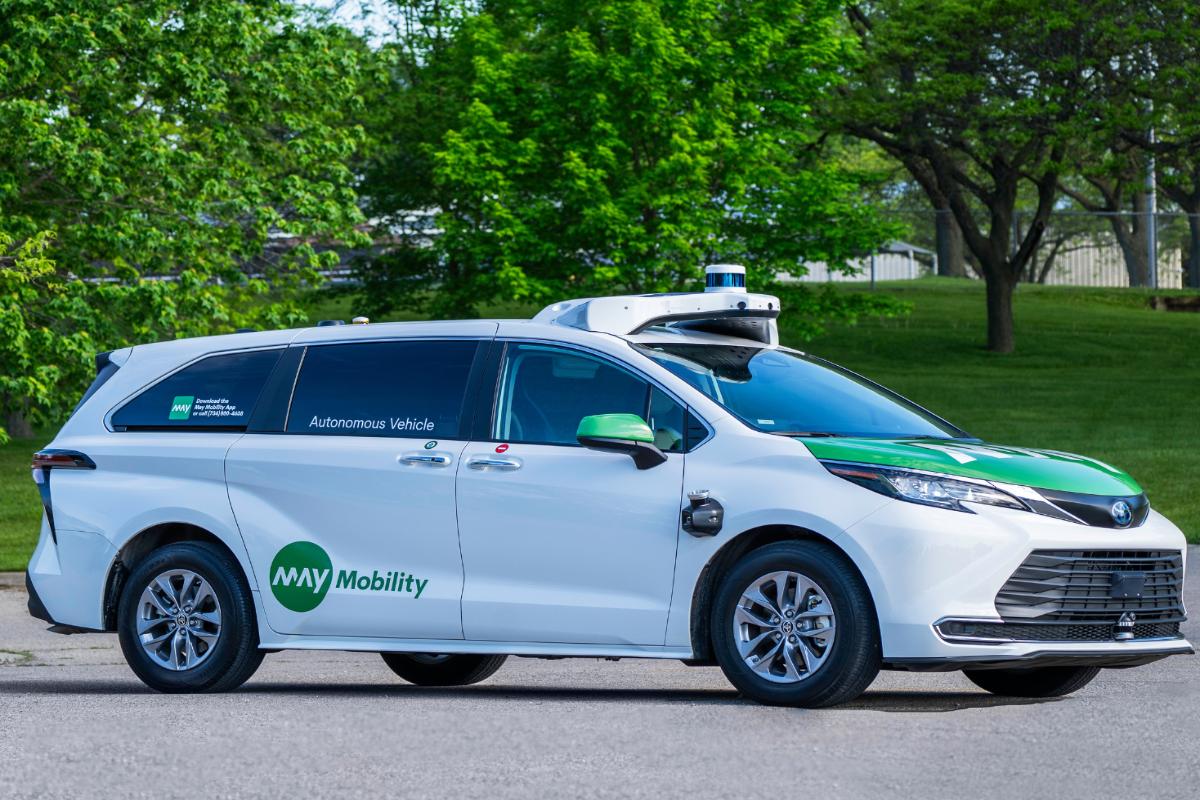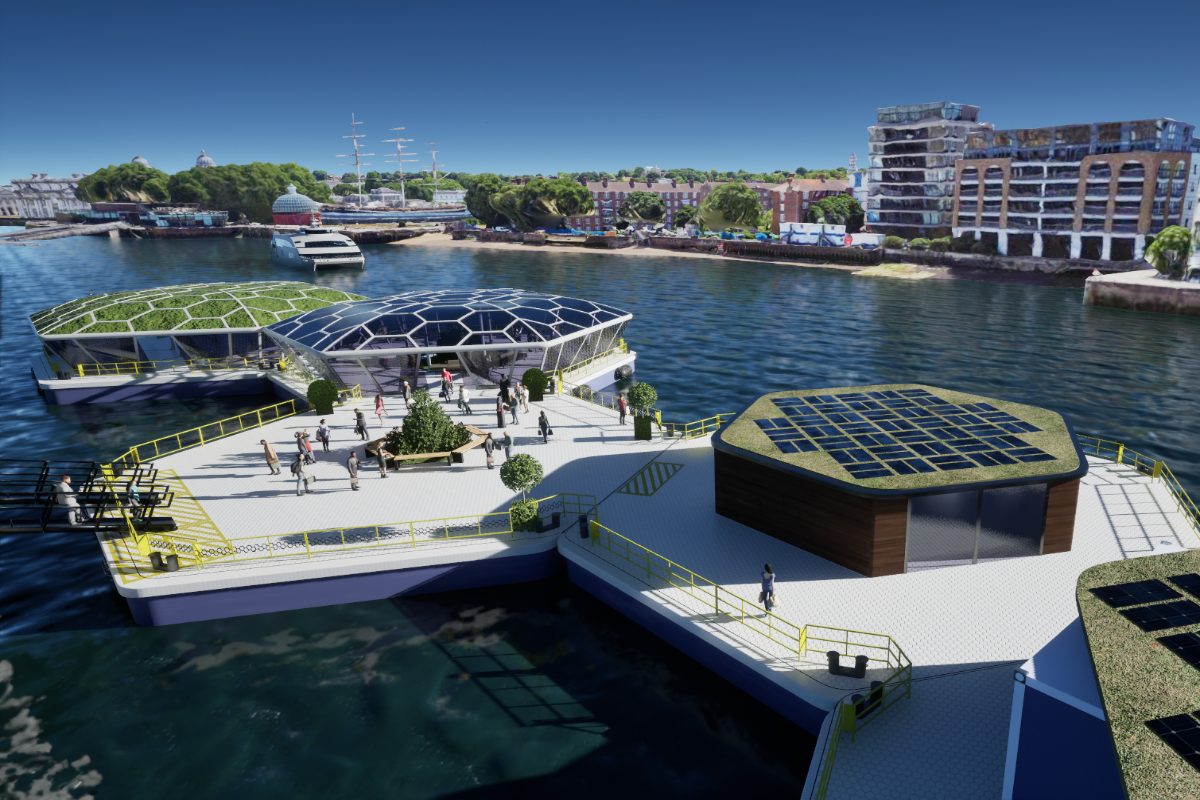Special Reports
SusHi Tech Tokyo 2024: experience ‘Tokyo 2050’ todaySponsored by The SusHi Tech Tokyo 2024 Showcase Program Executive Committee
Telecom operators and smart cities: What's the best strategy?
Bengt Nordstrom looks at what telcos can offer cities, and what they require in return for mutual benefit.

Ahead of his participation in the Smart IoT Connect event (a joint event between Smart Cities World and sister publication, Mobile Europe), Bengt Nordstrom shares his insights on how telcos and cities can better work together.
Smart city is no longer just a future-focused topic. In recent years, smart cities have been the subject of governmental and municipal agendas and private initiatives, as well as a variety of large-scale discussions across different industries.
So far, however, the definition of the “smart city” itself has remained fuzzy, while the actual solutions have mostly been limited to off-the-shelf offerings created by technology companies for individual use cases.
This has led to the development of multiple vertical solutions that co-exist together in different cities.
The definition of the “smart city” has remained fuzzy and actual solutions have mostly been limited to off-the-shelf offerings for individual use cases.
At the same time, cities and governments have also attempted to develop horizontal systems in order to unify and integrate solutions and city/citizen data. In this realm, telecom and IT are two focal enablers. Their main role is to provide connectivity and the platform layers, as well as facilitating the integration of different subsystems and solutions.
In other words, telecom and IT are responsible for enabling the digitalisation of the city and the smart solutions therein.
Rethinking connectivity
Many basic smart city applications are already in operation on existing infrastructure. However, a better and denser digital infrastructure is still required to enable those capacity-hungry and/or latency-critical use cases on a large scale, such as smart transport, city-wide surveillance, etc.
The possibilities and requirements for providing connectivity do not end with utilising operators’ existing distributed fixed and mobile networks within cities. Making use of telecom manholes for providing local connectivity hotspots, delivering low-latency by providing Multi-access Edge Computing (MEC), and even deploying networks on top of public infrastructure are examples of possibilities for operators to take on a more crucial role in this ecosystem.
Public-private partnership
However, in order to deploy a better digital infrastructure to enable more advanced capacity-hungry, latency-critical smart city applications, operators would require support from local public authorities/institutions; e.g. by gaining access to public infrastructure such as lamp posts.
This can lead to a win-win situation in which operators can densify their networks further, while cities benefit from a ubiquitous connectivity network for smart city solutions.
But will an omnipresent connectivity network make the cities smart? The short answer is no. As mentioned earlier, there are already many smart city solutions in operation that utilise existing connectivity infrastructure. And, of course, a state-of-the-art digital infrastructure will facilitate better solutions. Yet, the main concern for cities is the rise of many vertical solutions that do not necessarily connect and integrate together.
The question is, then, who is best equipped to solve such an integration problem. On the one hand, the operators’ DNA makes them best equipped to deliver connectivity and connectivity-related services.
On the other hand, the history of operators delivering software and system integration is not promising. The latter is mainly due to the difficulty of acquiring talent in this area over software giants; i.e. companies that have managed to brand themselves as ‘heaven’ for software developers.
The main challenge ahead of smart cities is, therefore, the integration of subsystems and solutions, as well as to provide software-based services that add value.
The main challenge ahead of smart cities is, therefore, the integration of subsystems and solutions, as well as to provide software-based services that add value. In light of this, we can conclude that the best strategy for operators would be partnerships with IT and systems integrator companies. This way, operators will be able to benefit from the aforementioned win-win situation while keeping their focus on their core business.
In the end, this is in the best interest of the cities as well. Let’s not forget that such horizontal systems will eventually be controlled by the cities. Due to their chronic lack of resources, municipal authorities will have to run them through partnerships with different private and public companies.
These public-private partnerships (PPP) will lead to the successful ‘smartification’ of cities.
Smart IoT Connect takes place in London on September 10. Register now, free.

